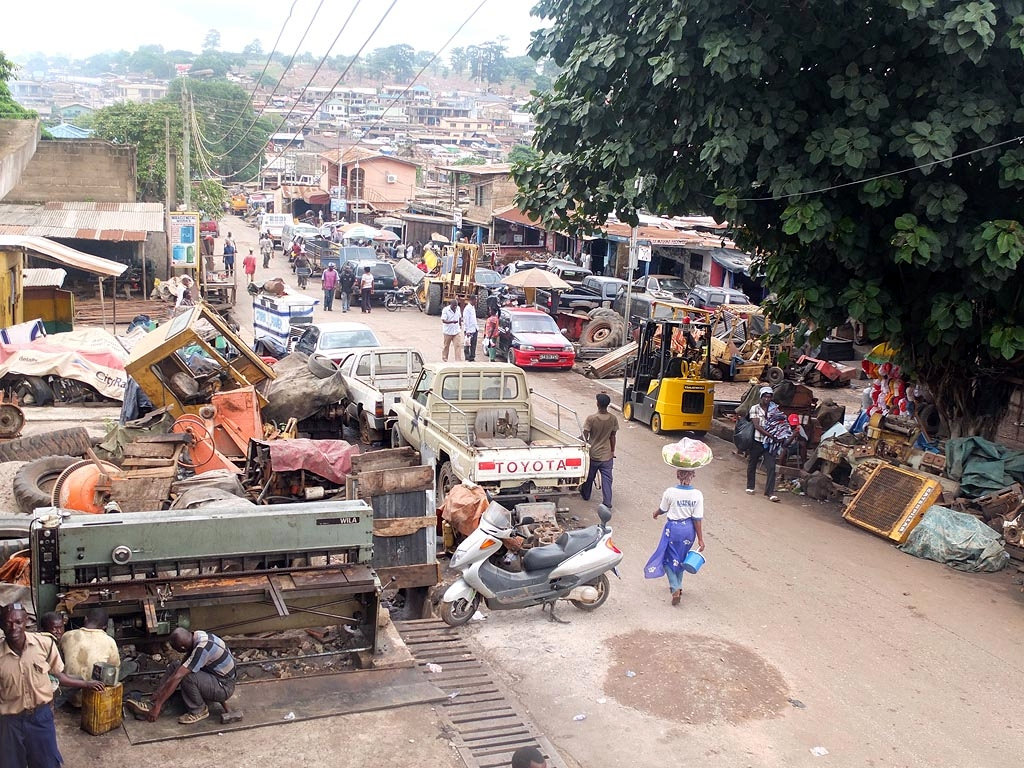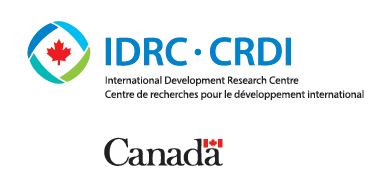By Yaw Adu-Gyamfi
The case study I am leading, funded by the Open AIR network, is under the informal sector research theme and is about skills development and innovation at Ghana’s Suame Magazine Industrial Cluster. The research I am conducting seeks to understand the processes and systems that contribute to how knowledge is or is not shared and how skills are acquired in one of West Africa’s largest informal sector industrial clusters, Suame Magazine. How skills are learned and what is communicated between those in the industrial cluster will help us to learn how innovations are shared and taught among these informal businesses.
Suame Magazine
Suame Magazine is one of several informal industrial areas in Africa. Located in Kumasi, Ghana, it is named ‘Magazine’ because it once housed the British colonial military magazine. After independence, Kumasi City Council decided to move their many blacksmiths and related enterprises out of the city centre and to the area that is now Suame Magazine. Today, Suame Magazine is where light manufacturing, metal casting, and vehicular repairs are done and where most skills are acquired on the job. Suame Magazine is more than half a square kilometer and is populated by an estimated 200,000 artisans and 12,000 shop-owning entrepreneurs.
Suame Magazine’s Active Interest in Innovation

Learning is crucial to enterprise growth and survival as well as to innovation. Most young people in the cluster learn their craft through apprenticeships and on the job training, learning the rudiments of the job and how to run a business. In the process, however, these apprentices also learn to appreciate collaboration. It is common for apprentices to learn through outsourced or contract work, which brings many artisans together to collaborate in completing a job. This process of outsourcing and collaboration through on the job training has been the source of continuous knowledge sharing, including the sharing of innovation between artisans in an open and collaborative manner.
While more evidence is needed to determine if these artisans prefer the current open collaboration compared to protecting their innovations through intellectual property law, at present the cluster is operating in an open and collaborative manner, which is contributing to the process of innovation.
During my research, I have been interviewing artisans, local leaders, and policy makers to see how innovation is occurring in Suame Magazine and what it will take to help businesses scale up their innovations. I am also looking at what structures are currently in place to help artisans and local businesses in their process of continuing to improve the services they offer. The Suame Magazine Industrial Development Organization (SMIDO) is an umbrella organization of all the artisan associations in the cluster. SMIDO serves as the link between artisans and the private sector, academia, and government in order to address challenges such as new technologies, better infrastructure, and other gaps in capacity.
The local artisans are very interested in improving their businesses and the cluster. This is shown not only through their creation of SMIDO, but also through their willingness and significant enthusiasm to participate in my research. In conversations with them, a great many have expressed interest in how my research will contribute to capacity building as well as further education on the issues of intellectual property and the emergent global maker movement. I have also heard from artisans themselves that they are realizing they need to create an institutional framework through which they can continue to practice their trade but with the ability to constantly update their knowledge and innovate.
Some preliminary findings
So far, out of the 100 interviews that have been conducted, all have reported that they frequently share knowledge and expertise within the cluster. Unfortunately, however, most of the artisans and business owners in the cluster also report that sometimes the information from colleagues is not always adequate. Most of the business owners interviewed so far, report high levels of collaboration in the areas of equipment and tool sharing as well as the sharing of expertise among themselves in order to complete jobs. This is quite evident in the case of vehicular repairs, welding, and metal casting jobs.
Of the mechanics interviewed so far, over 80% of the respondents report that they feel unable to keep pace with the advancements of technology in their field. These mechanics place the blame for this on having inadequate means to acquire up-to-date knowledge. While this knowledge could be garnered by working with any of the business associations in the cluster – which cater specifically to the welfare of these artisans including capacity building – only 2 in 10 interviewees have reported belonging to one or more of these associations. This is surprising, given the cluster’s already active interest in innovation and capacity building. Across the cluster, artisans claim that this lack of interest is as a result of poor governance and the inability of these associations to contribute meaningfully to key challenges faced by these artisans, namely, the improving of their skills and serving as the avenue to engage stakeholders to create an enabling environment for their work to thrive.
Ultimately, my research will highlight what kind of support systems and governance mechanisms could be put in place to support artisans’ innovations and the possibilities for upscaling their innovative products and services within the industrial cluster and beyond. There are already some examples of successful programs. Look out for my next blog post about the SMIDO Engineering Contracts Programme.










